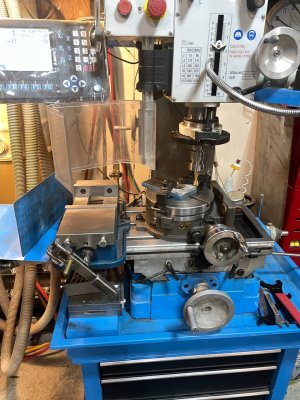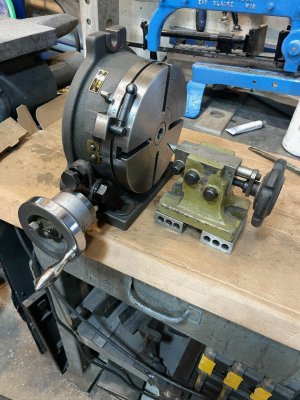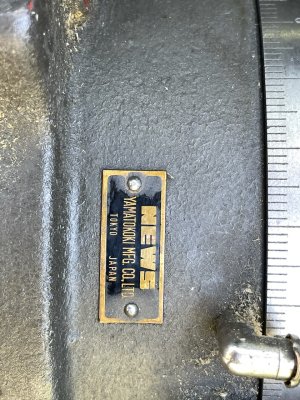Eventually… I’ll get a rotary table for my mill.
I like the 8”, but thinking of 15 years from now I may not appreciate the +60lb weight of it…
Today, I can’t imagine needing a rotary table bigger than 6” (probably even 4”) which has led to the question of this post: If you were to buy a rotary table again- would you change it’s size?
I like the 8”, but thinking of 15 years from now I may not appreciate the +60lb weight of it…
Today, I can’t imagine needing a rotary table bigger than 6” (probably even 4”) which has led to the question of this post: If you were to buy a rotary table again- would you change it’s size?





